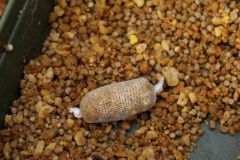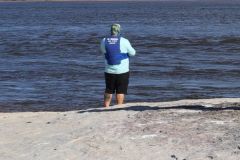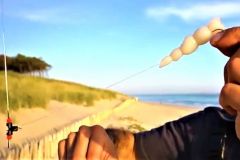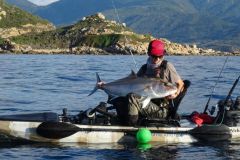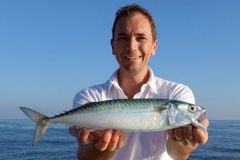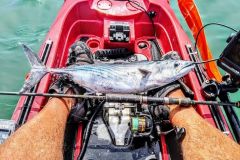Adapting your trolling speed
To make it easier to understand the speeds, remember that 1 knot equals 1.852 km/h.
Each species of pelagic fish is likely to bite when the lure is moving at a specific speed. In general, small pelagic fish like mackerel and redfish bite at relatively slow speeds of 1 to 3 knots. Larger pelagics such as pelagics, tuna fish and bonito hunt at higher speeds and are therefore generally more likely to be bitten at higher speeds. The minimum speed for the latter is 2.5 knots, it can also go up to 5 knots if the bites are rare, but the fish are present in the area.
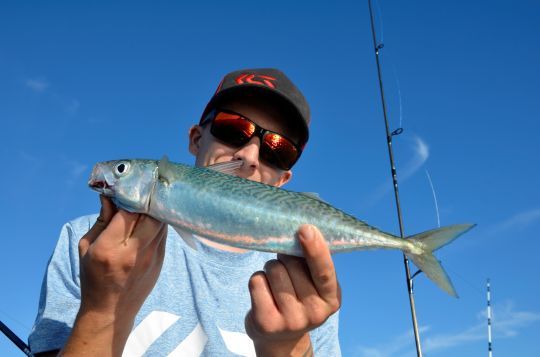
To conclude the food chain, bluefin tuna and albacore tuna are generally targeted between 7 and 8 knots. Tuna can travel at speeds in excess of 60 km/h (30+ knots), and it is not uncommon for them to be able to pick up a lure up to a trolling speed of 15 knots. Obviously, higher speeds generate higher fuel consumption, so ideally you should start trolling at low speeds and gradually increase speed as needed.
The limits of the lure
Each lure model, from each brand, performs differently in the water. Some lures are able to swim well from 1 to 4 knots while others are functional from 4 to 10 knots for example.
In the case of hard lures, at low speed, you must feel the lure vibrate in the rod or line to be sure it works. If the speed is too high, the lure will "stall" and spin on the surface without diving.
The principle is the same for a soft lure, it will rise to the surface if the speed is too high. On the other hand, it will be impossible to feel the action in the rod because the vibrations are too weak. It will be necessary to determine at which speed the boat starts to swim.
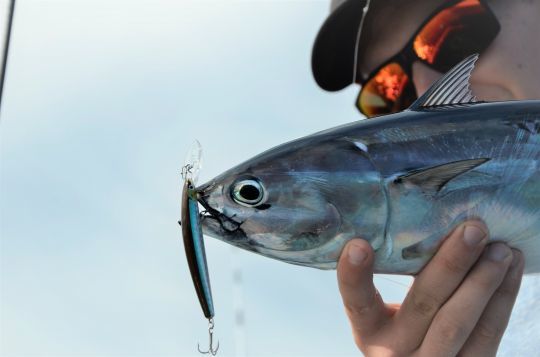
The trolling lures evolving on the surface, mainly intended for tuna and other large pelagics, are very simple to analyze since they remain on the surface allowing you to observe directly if the speed is good.
Swimming depth
The depth of the lure depends on its characteristics, the slope of its lip, the shape of its body, and even its weight. Choosing the right depth is not an easy task, but the ideal solution is to experiment on the spot by varying the lures during the session. The objective is to find the most effective depth quickly, using two or more rods allows you to find the right area more quickly.
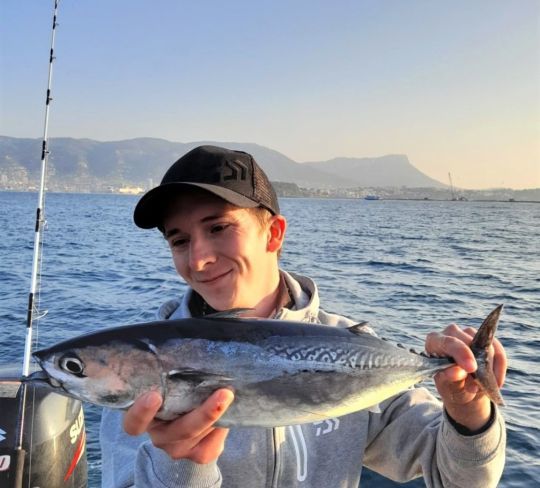
There are also leaded braids dedicated to trolling that allow you to use a lure that doesn't dive very deep if its size, color or vibration make it an effective lure. The use of a depth sounder can also facilitate things, simply locate the depth where the echoes are located and adapt the fishing depth accordingly.

 /
/ 




